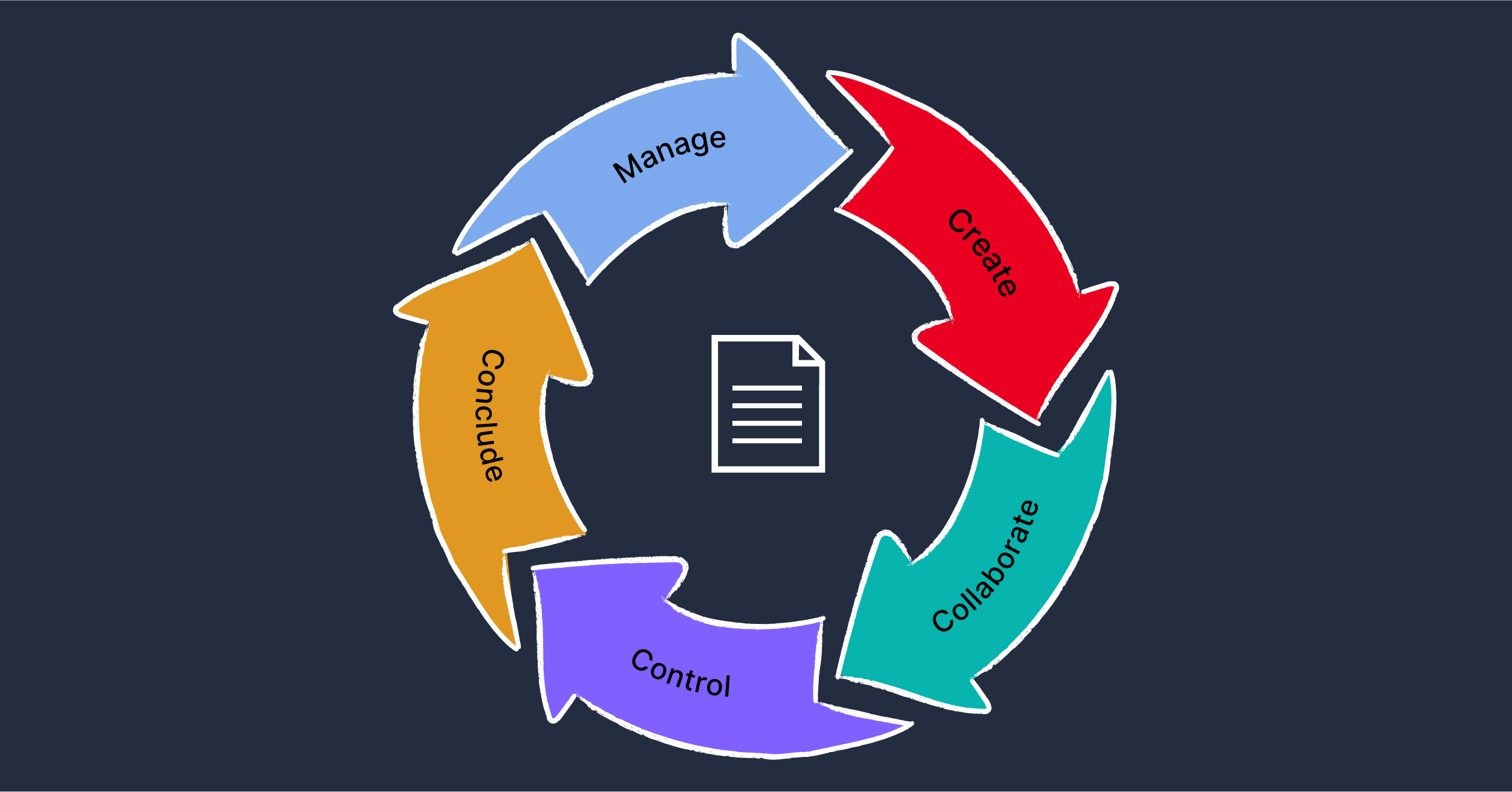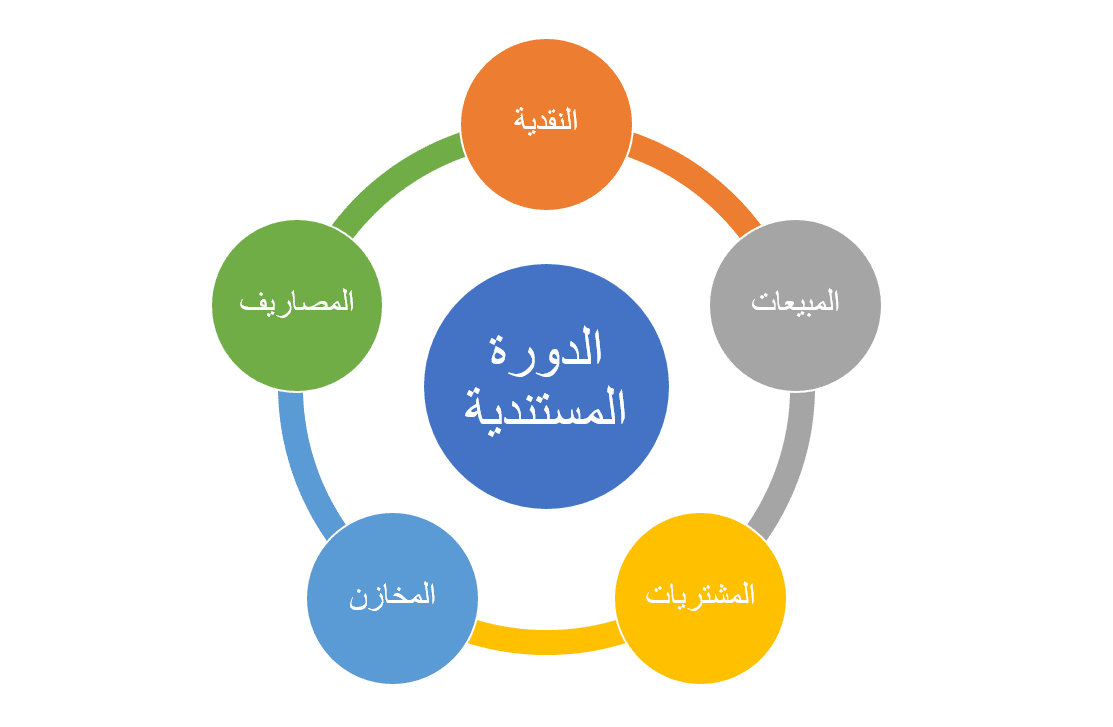The documentary cycle is the first step in the accounting cycle and represents the specific itinerary of the accounting document within the company. The documentary cycle begins with the registration of each statement and process on a daily basis in the form of an accounting registration, through proof of income list and financial position list, and ends with financial and tax reports. In this article we will learn a comprehensive guide for the documentary cycle, read on.

What is a documentary course?
The documentary cycle, as indicated by us, is the first phase of the accounting cycle and represents the receptacles that the document has followed since its issuance through all service centres, or cost centres that affect and are affected by them.
In order to form this role, the documentary cycle must meet the following requirements:
- Internal control of all company operations.
- The documentary cycle should help facilitate the process
- Documents must be uncomplicated, and their information is simplified and fast to register
- The documentary cycle shall provide all financial statements used for the analysis of data, registration books, preparation of financial statements and reports.
What is the importance of a corporate documentary cycle?
Accounting records are the most important evidence of the company's work and financial operations. They provide objective data documented and recognized by government agencies. Hence, the proper documentary cycle preserves the rights of entrepreneurs, buyers and customers with the company financially, in addition to providing the following benefits:
- Assign interdepartmental functions and determine the responsibility of each section
- If operations are not documented, they are often not identified between individuals, companies or even legally.
- The documentary cycle is also an important source of internal control over its financial and administrative work.
- The documentary course helps corporate managers make rational decisions.
- The documentary cycle increases the interconnectedness and communication between the company's departments and departments.
- The documentary cycle is essential in determining the company's profits and taxes.
Objectives of the documentary course
There are a range of objectives achieved by the documentary cycle, perhaps the most prominent of which are:
- Identify the sections involved in implementation and their function or activity.
- Collect data and reports required for senior management and other departments.
- Support management in making decisions correctly and clearly.
- Easy access to documents required by management.
- Determine the relationship between the different sections that perform a particular function or activity.
- Connect sections that perform common tasks together and help them work accurately.
- Recognize the movement of documents between different departments to carry out a particular activity.
- Determine the distribution of assets and photographs of documents among the sections of the enterprise involved in the implementation of a particular activity of its activities.
- Careful control of the movement of accounting documents for all departments.
Stages of the documentary cycle
The phases of the documentary cycle can vary depending on some factors, such as the type of digital DMS used by the enterprise, and although the steps may vary, the overall stages of the document management life cycle include:
1. Document creation
The first stage of the documentary cycle is creation, people usually create new documents using text processing software, and here it is important that the company uses the appropriate software for automated text recognition (optical character recognition), data capture, electronic document processing, the latter that helps users create documents, new document sets of templates and police form fields.
2. Editing, indexing and storage of documents
The second phase of the documentary cycle system relates to editing and additional classification, so that the data in the document can be used for several functions and ensures that when the data is published, it will be easy to locate.
Documents must be stored securely at the cloud storage provider, on an internal server, in the document management or content management system, where storage is an ongoing activity, through which the organization stores documents in different places depending on where they are in their life cycle, how the organization uses them, and who needs access to them.
3. Document sharing and delivery
After editing and indexing, the document is shared or delivered to the appropriate user, whether for internal staff, a particular department or external users such as customers or investors. At this stage of the documentary cycle the document is active and meets its purpose, and the institution may distribute it internally. (such as a note), sending it externally (such as a sales offer, a quote, a contract), or storing it in a file-sharing system as reference materials.
4. Archiving or Deletion
After previous steps, institutions can archive documents in the system, so that they can be withdrawn for search purposes or in case of compliance audit, this ensures that documents are stored in accordance with established guidelines and protected from manipulation and fraud, and to reduce chaos and protect sensitive data, also inactive documents can be deleted or destroyed securely.
What are the most important types of documentary courses?
The documentary cycle can be classified into a variety of types, namely:
Warehouse Documentary Course
The Warehouse Documentary Course is responsible for monitoring and documenting information on all goods in warehouses, the documentary operations carried out from the sale and purchase, and is concerned with the control of warehouses, ensuring that actual assets conform to the registered paper, and verifying documents for the export and import of materials during the accounting period, on a daily basis based on the working procedures.
Procurement Documentary Course
The procurement documentary course is concerned with the follow-up of companies' procurement documents during the fiscal year and is divided into two types of procurement:
Non-typical purchases: not planned to be purchased in advance, i.e. documents are prepared as soon as they are ordered, examples include: ordering new stationery for the office and adding value of money to other expenses.
Typical purchases: The company is used to purchasing them periodically and semi-permanently. There is a list of such purchases at the warehouse trustee who is keen to prepare a report of the quantities that the accountant lacks, to determine the financial cost, allocated to them to be supplied to the warehouses.
Sales Documentary Course
The Sales Documentary Course is responsible for following up on the sales documents conducted by the Company during the fiscal year, and depends on the examination of customer opinions, requests submitted to the Company for certain goods, and the competent accountant.
The sales documentary cycle is equipped with the adoption of its official documents, and the names of the items. The sales documents typically contain the following components: quantity sold, unit price, total price, details and payment method. These documents also consist of the first two copies of the company and the second for customers.
Conclusion:
As institutions are constantly creating new documents,The documentary cycle can help solve these problems, by overseeing each step of each document's journey to ensure that nothing is lost, understanding the documentary cycle can help institutions integrate and improve the workflow, avoiding the loss of documents, repetition and other shortcomings.
Conclusion:
Paper document organization and archiving can quickly become a time-consuming task, often leading to clerical errors and misconduct. When using a cloud-based document management system, this process is avoided, but you and your team still need to agree on a coherent document management system so everyone can easily find the documents they need.
Important Topics
Reference
1. << Electronic document & records management system to manage records like money>>, openaccessgovernment
2. << The importance of document storage in today’s digital age>>, citizen

Add New Comment